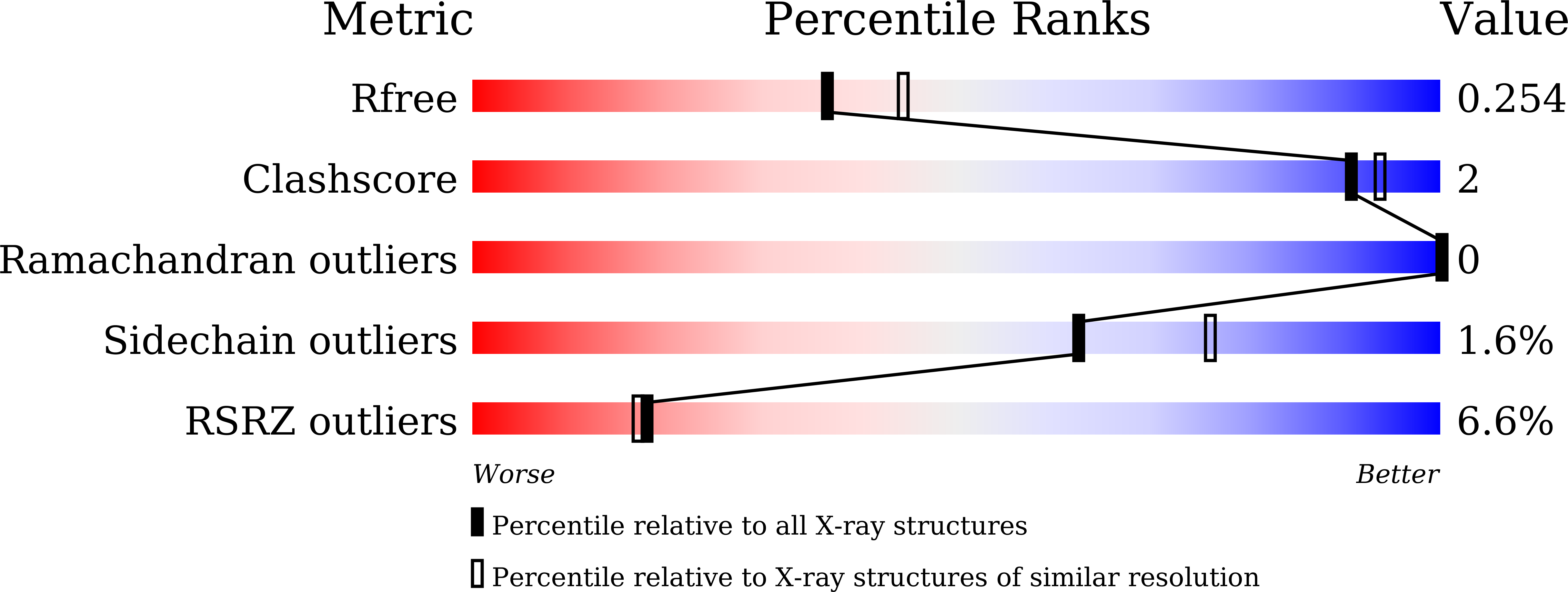
Deposition Date
2020-09-02
Release Date
2021-07-14
Last Version Date
2023-11-29
Entry Detail
Biological Source:
Source Organism:
Saccharothrix mutabilis subsp. capreolus (Taxon ID: 66854)
Host Organism:
Method Details:
Experimental Method:
Resolution:
2.19 Å
R-Value Free:
0.24
R-Value Work:
0.20
R-Value Observed:
0.20
Space Group:
P 2 21 21


